Scientist recreates the face of a 2,000-year-old druid from Scotland
University of Dundee student Karen Fleming has painstakingly reconstructed the features of Hilda, an unusually long-lived Iron Age woman.
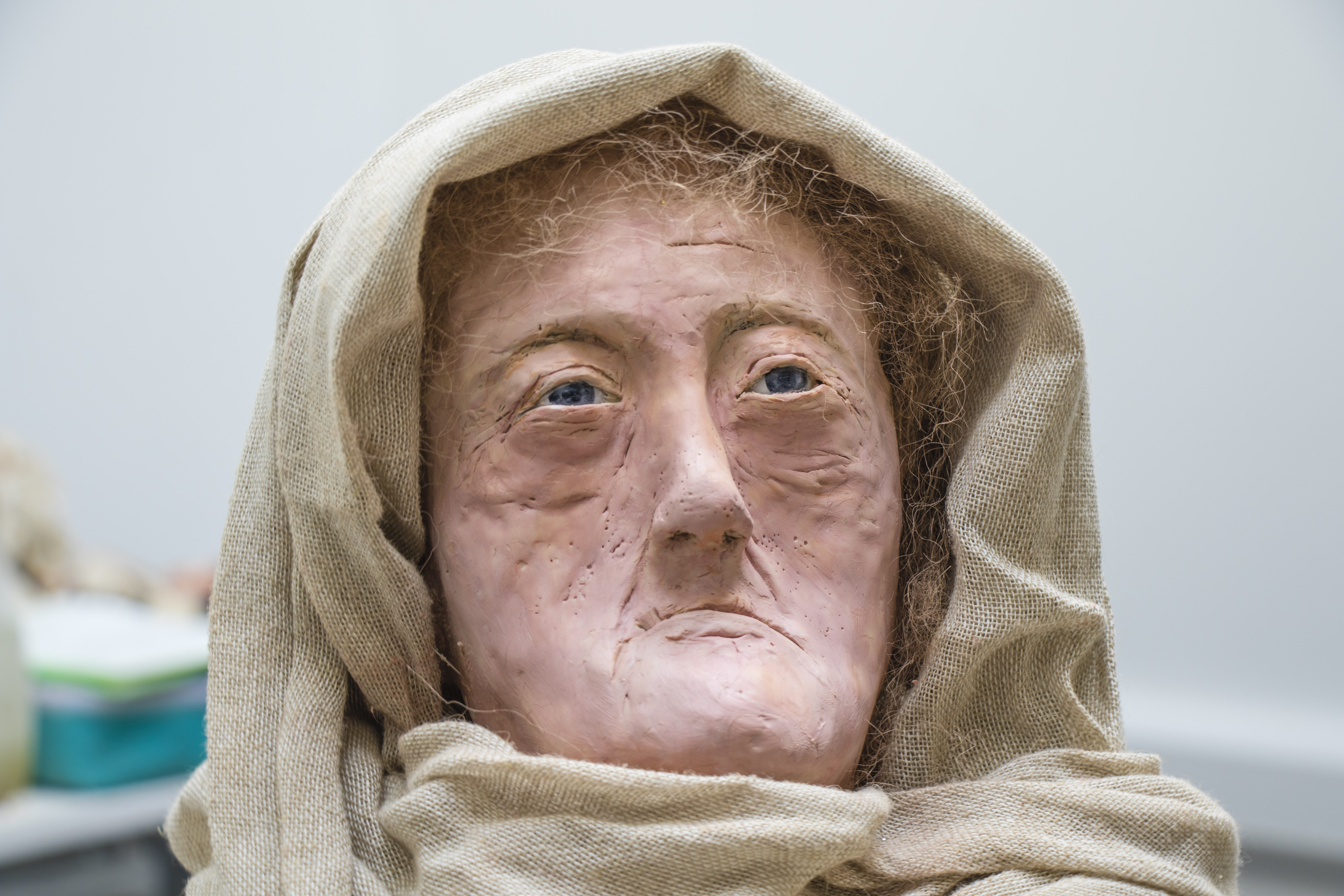

University of Dundee student Karen Fleming has painstakingly reconstructed the features of 'Hilda', an unusually long-lived Iron Age woman.
Working from a skull held at The University of Edinburgh’s Anatomical Museum, Karen Fleming, a Forensic Art & Facial Identification student, has been able to recreate the features of the druid — a toothless woman in her 60s — in wax.
The skull, nicknamed Hilda, is thought to have originally been presented to the Phrenological Society of Edinburgh in 1833.
No one knows exactly how far back it dates, but it's likely to be in the early years of the first millennium AD. ‘It’s impossible to know for sure when [Hilda] died as we were unable to carbon-date the skull, but assuming the information in the journal from 1833 is correct, [she] passed away anytime between 55BC to 400AD and was of Celtic origin,’ says Ms Fleming.
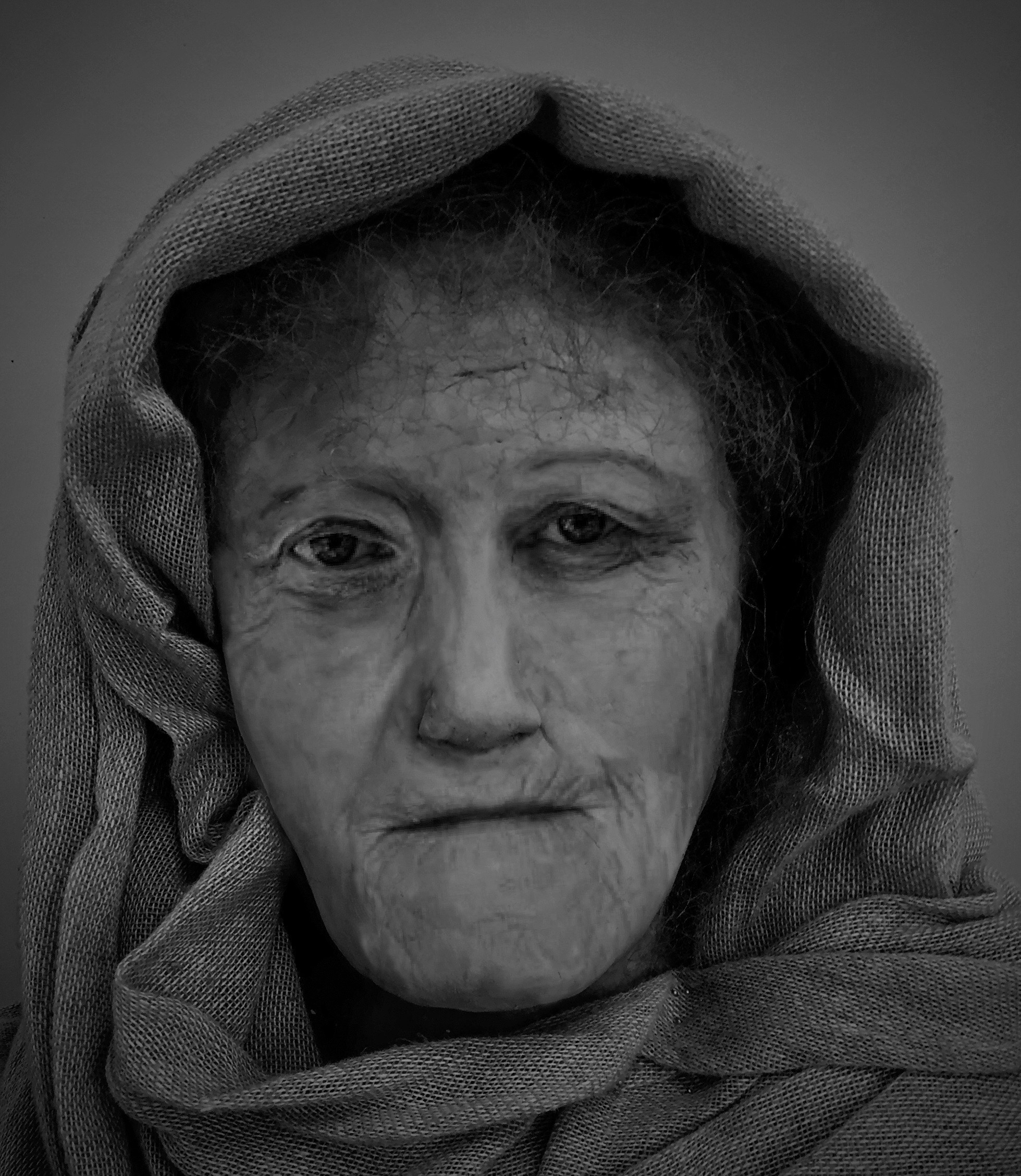
What scientists do know is that Hilda, who is thought to have come from Stornoway, on the Isle of Lewis, was unusually old for a woman of the Iron Age. ‘It’s clear from the skull she was toothless before she died, which isn’t too surprising considering the diet of folk back then, but it was impressive how long she lived,’ Ms Fleming explains.
‘A female’s life expectancy at this time was roughly 31 years but it is now thought that living longer during the Iron Age is indicative of a privileged background.’
Recreating Hilda's face was ‘fascinating’ but also challenging. Bizarrely, one of the greatest hurdles Ms Fleming had to overcome was the weather. Because of the heatwave, the wax face risked melting before it had even had a chance to see the light.
Exquisite houses, the beauty of Nature, and how to get the most from your life, straight to your inbox.
‘It’s funny to say it now but I had to keep parts of Hilda, like her wax-modelled ears, in the fridge for most of the summer,’ says Ms Fleming. ‘As a mature student who commutes from Edinburgh, I often had to keep her cool in the car, strapped up in the passenger seat. I’m sure that’s a sight passers-by won’t forget seeing.’
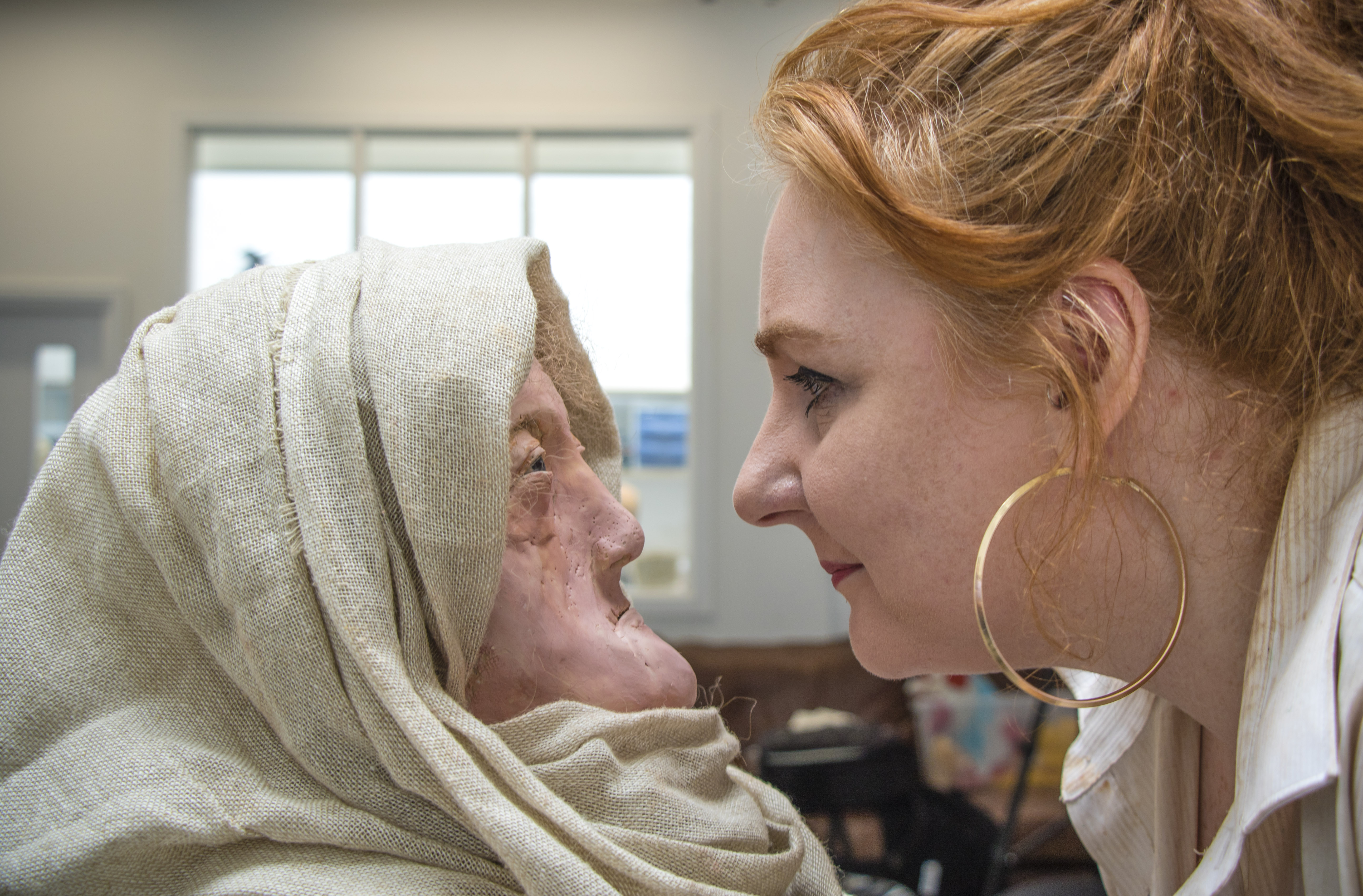
Providentially saved by a fridge, Hilda’s face will now go on display at the Duncan of Jordanstone College of Art & Design’s Masters Show, which showcases the very best design and artwork produced by students of seven different postgraduate courses at the University of Dundee.
The exhibition runs from Saturday, August 17, to Sunday, August 25, with a preview on the evening of Friday, August 16. Admission is free and opening hours are 10am to 8pm from Monday to Friday, and 10am to 4pm on Saturday and Sunday.
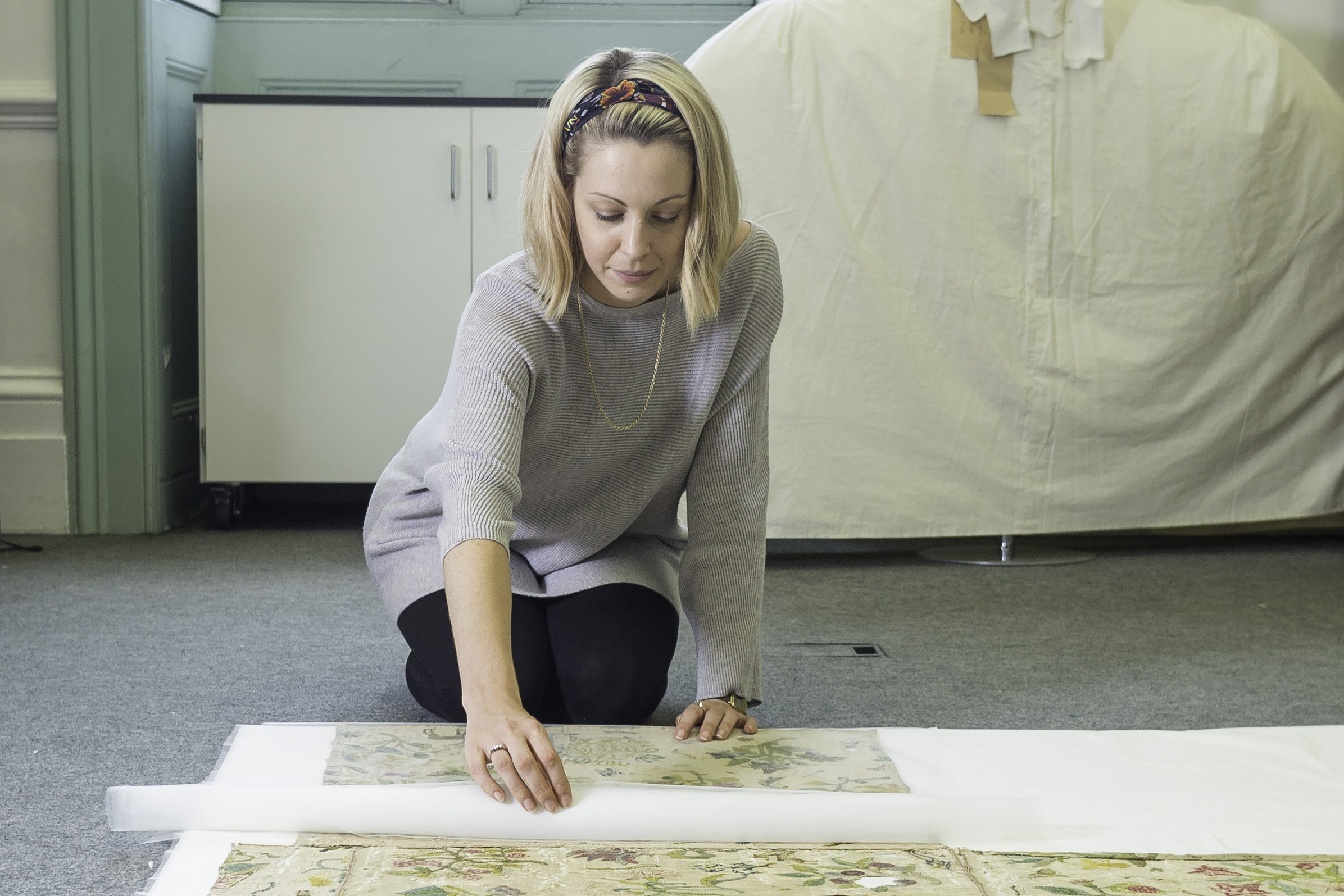
A centuries-old altar cloth from a rural English church turned out to be the 'lost dress' of Elizabeth I, and it's set to go on public display
An altar cloth that turned out to be part of a gown belonging to Elizabeth I is going on display
Carla must be the only Italian that finds the English weather more congenial than her native country’s sunshine. An antique herself, she became Country Life’s Arts & Antiques editor in 2023 having previously covered, as a freelance journalist, heritage, conservation, history and property stories, for which she won a couple of awards. Her musical taste has never evolved past Puccini and she spends most of her time immersed in any century before the 20th.
-
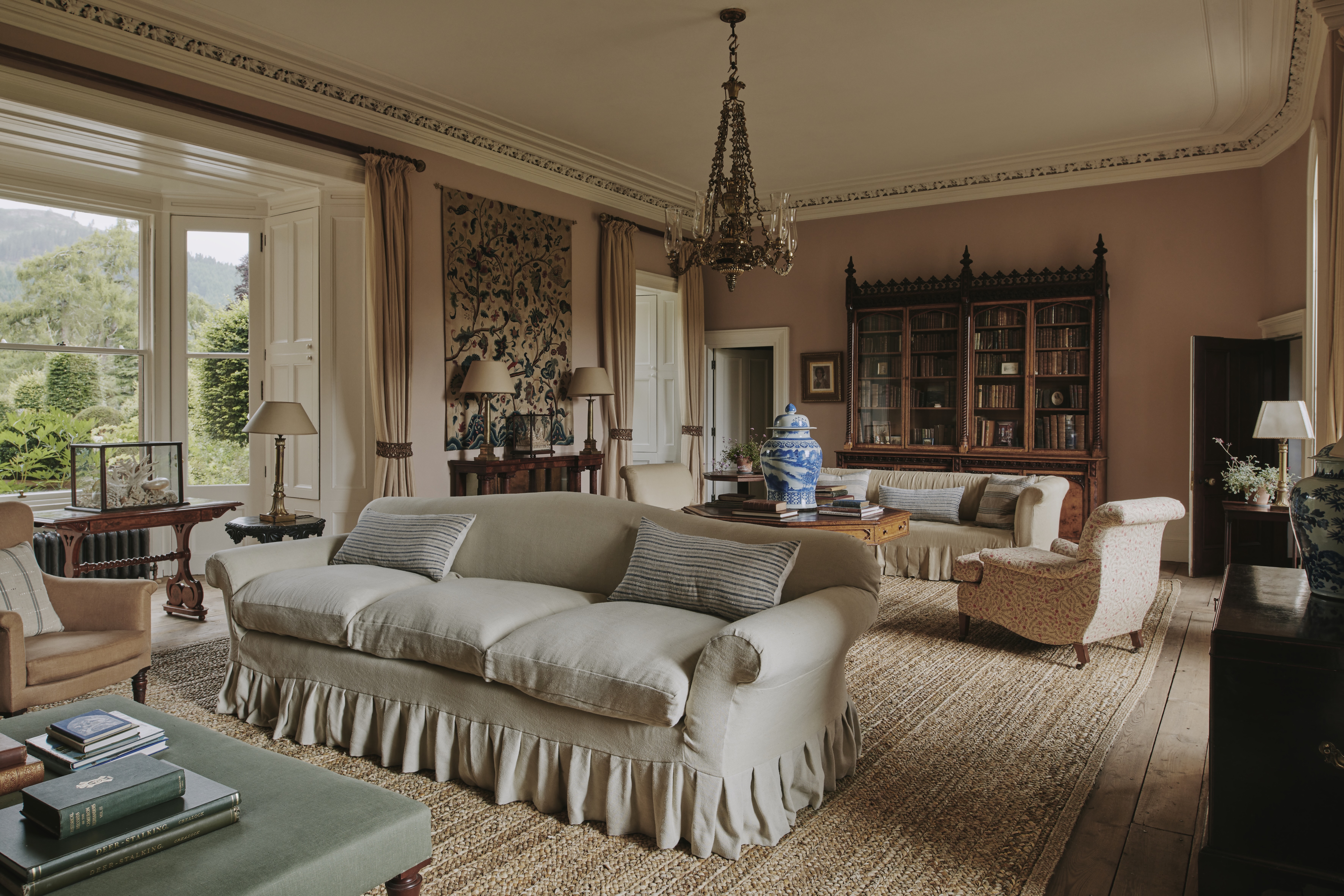 How do you make a 300-year-old Baronial castle fit for modern-day living?
How do you make a 300-year-old Baronial castle fit for modern-day living?A mix of sympathetic colours and elegant furniture has brought new life to this impressive space at Aldourie Castle.
-
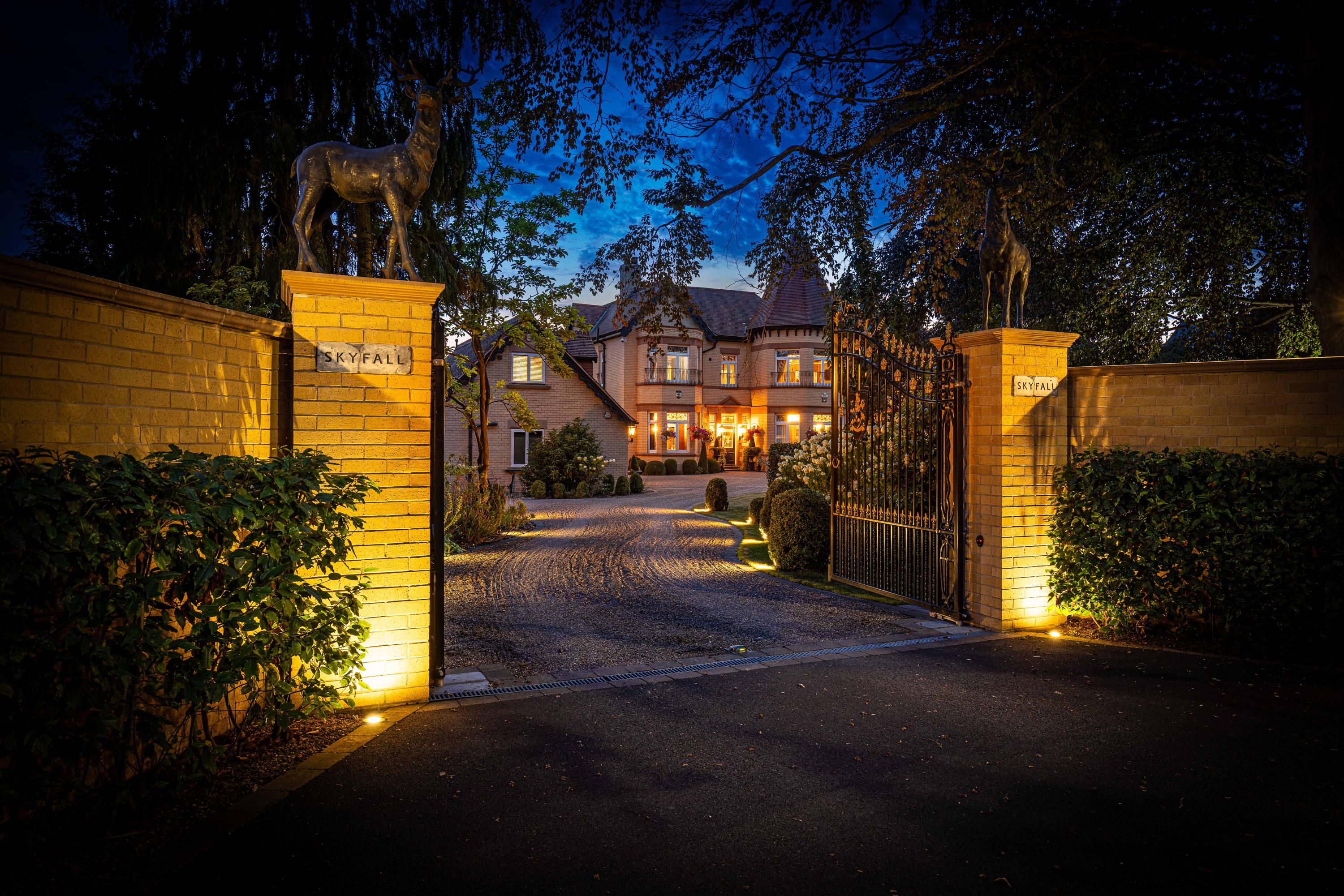 Look around this James Bond-themed house for sale in Nottinghamshire and release your inner MI6 agent
Look around this James Bond-themed house for sale in Nottinghamshire and release your inner MI6 agentNow, come, come dear reader, you get as much fulfilment out of Skyfall as I do, so why don't you admit it?
